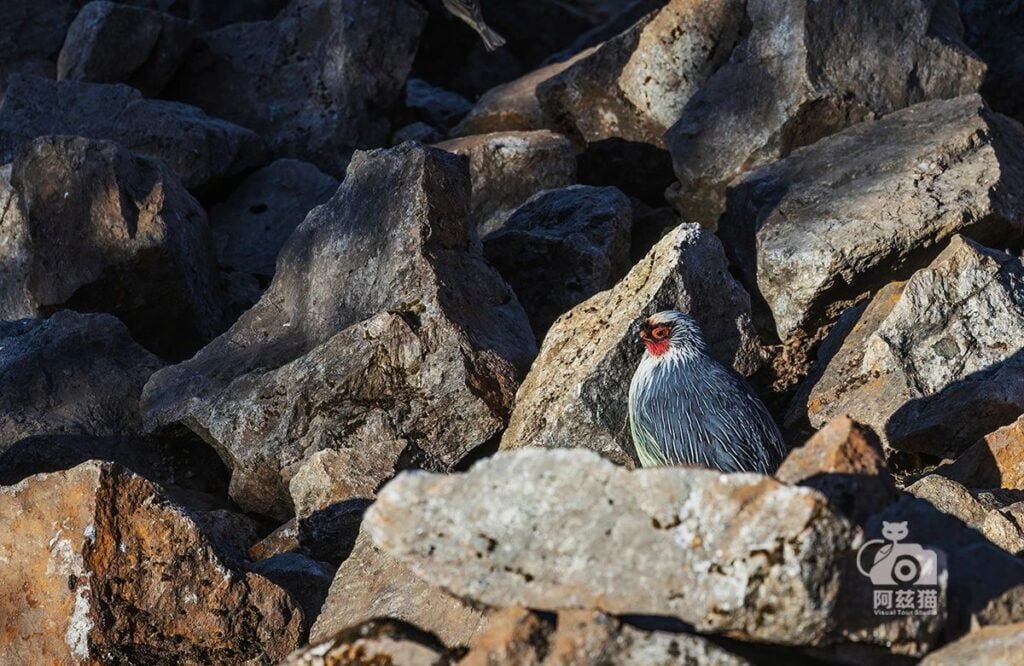The colourful nature is the most beautiful “background” for birds. To take satisfactory photos, technology, opportunity and luck are all indispensable.
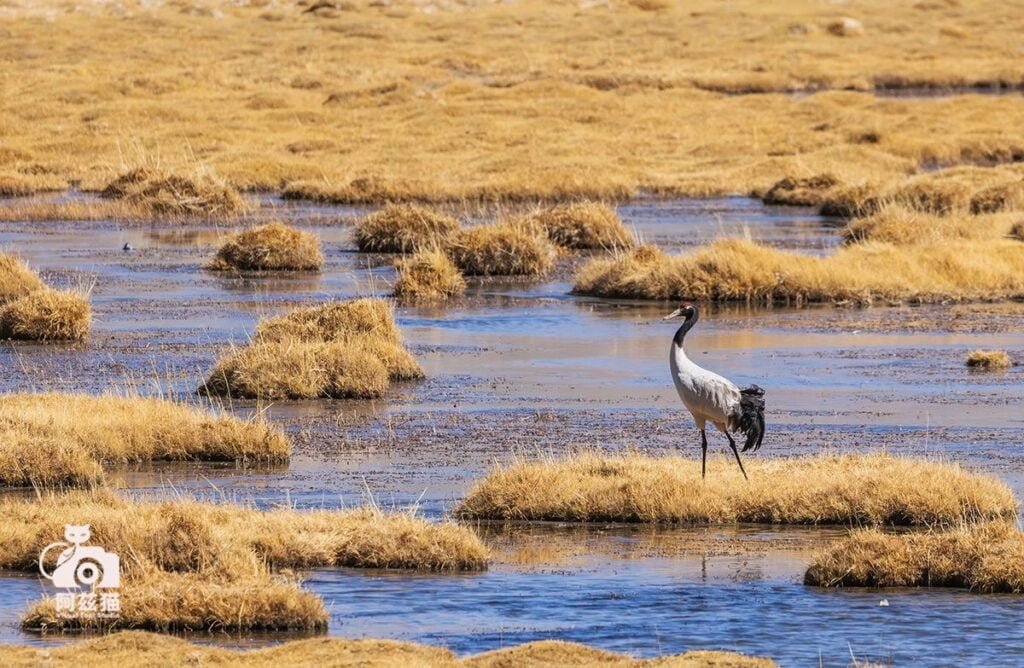
The bird pond film is clean, but the cats are not interested. Firstly, the environment and subjects are repetitive, which harms photographers. Secondly, it does not portray the birds’ actual habitat, so it cannot be considered “Ecological Photography”. (Some exceptions, such as the black-billed grouse shooting spot in the natural Daxingan Mountains.) Natural wildlife photography can also result in a clean image.
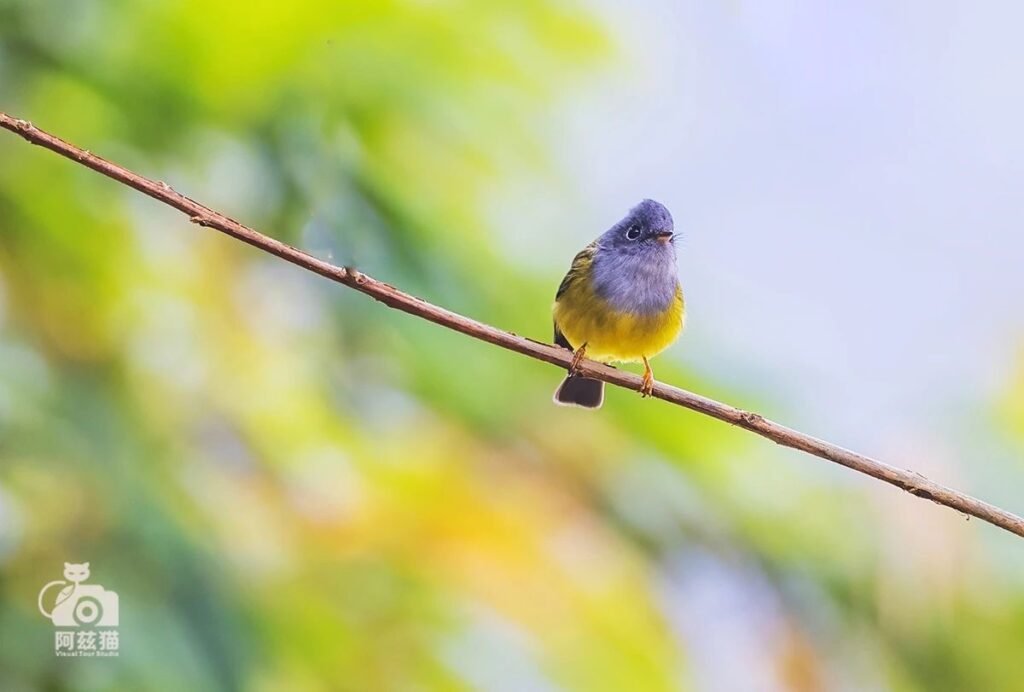
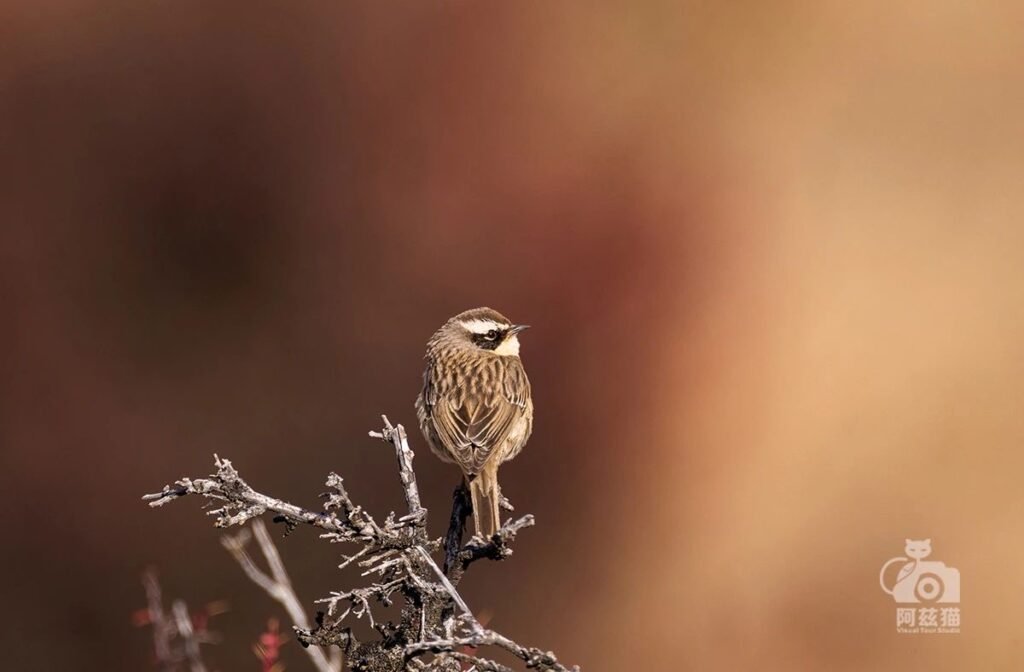
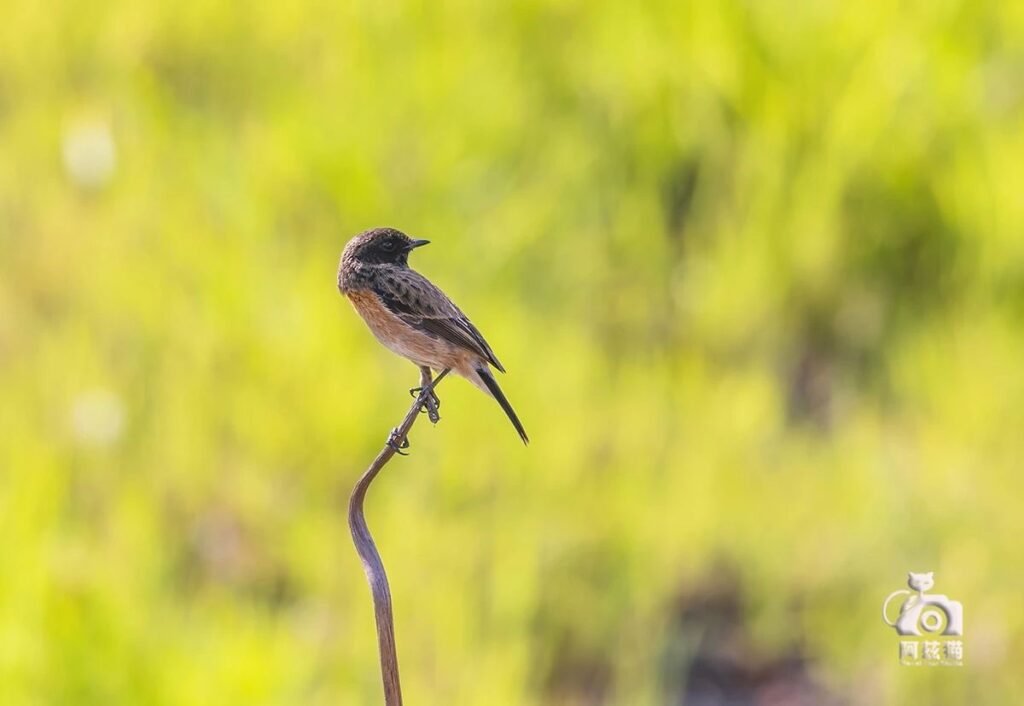
Tibet is one of the few places in China without a bird pond, offering a unique blend of stunning scenery and bird watching. The journey takes you from the Lhasa River Valley to the Brahmaputra River Valley, through the Medog subtropical forest and Jilong Valley, one of the renowned “Five Himalayan Valleys”. You will encounter a variety of landscapes, from expansive river beaches to forested areas alive with birdsong and flowers. The backdrop of snow-capped mountains, reaching heights of four to five thousand meters, adds to the grandeur of the river valleys, creating a vibrant tapestry of bird life.

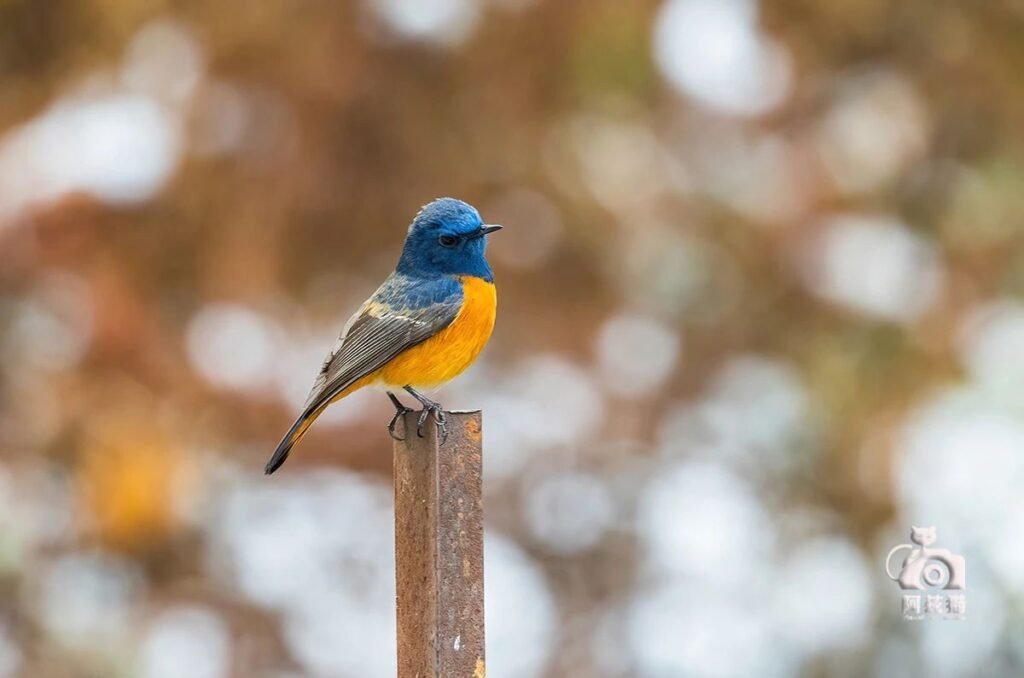



The Rufous-fronted Bushtit looks like a colour-changed version of the Red-fronted Bushtit, but they live in different habitats. The former lives in areas with an altitude of 2,000 to 3,000 meters. This was photographed in a park in Linzhi and was later seen in Lebugou.
The White-browed Fulvetta is a high-altitude bird commonly found in thorny oak shrubs and understory vegetation in sub-alpine forests. We have observed numerous individuals at Kajiu Temple, particularly one with dishevelled plumage resembling an “angry little bird”. A more subdued variant of avian species.

The colour of the Rusty-flanked Treecreeper perfectly matches its surroundings.

The Fire-tailed Mysornis is the standout bird species of Medog, boasting a unique and captivating color palette of red, green, white, and black, exuding an exquisite beauty and grace.
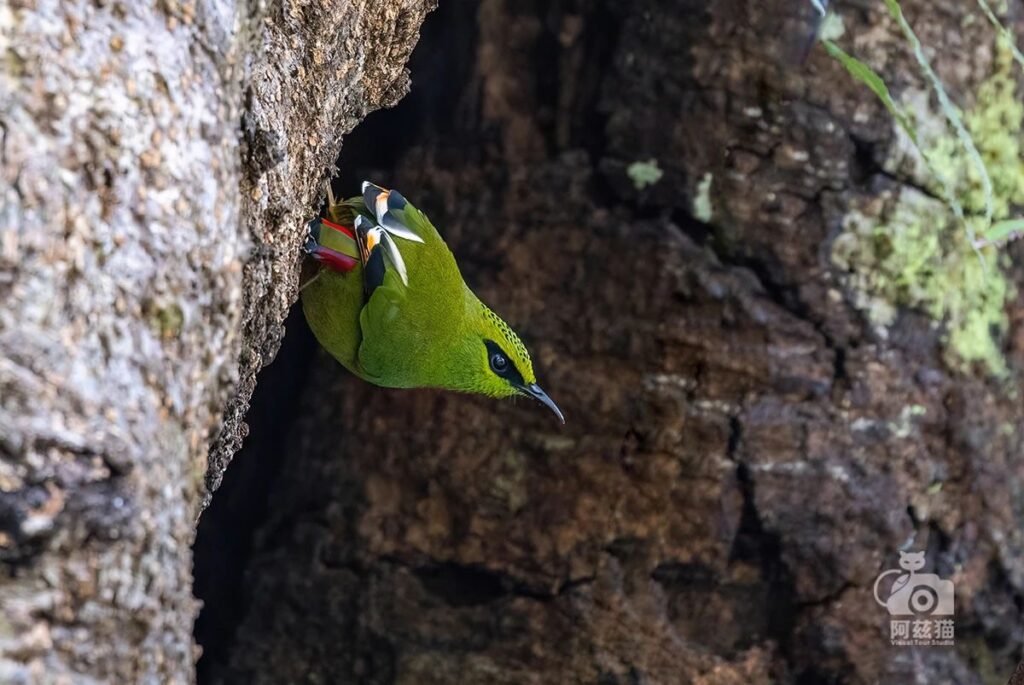
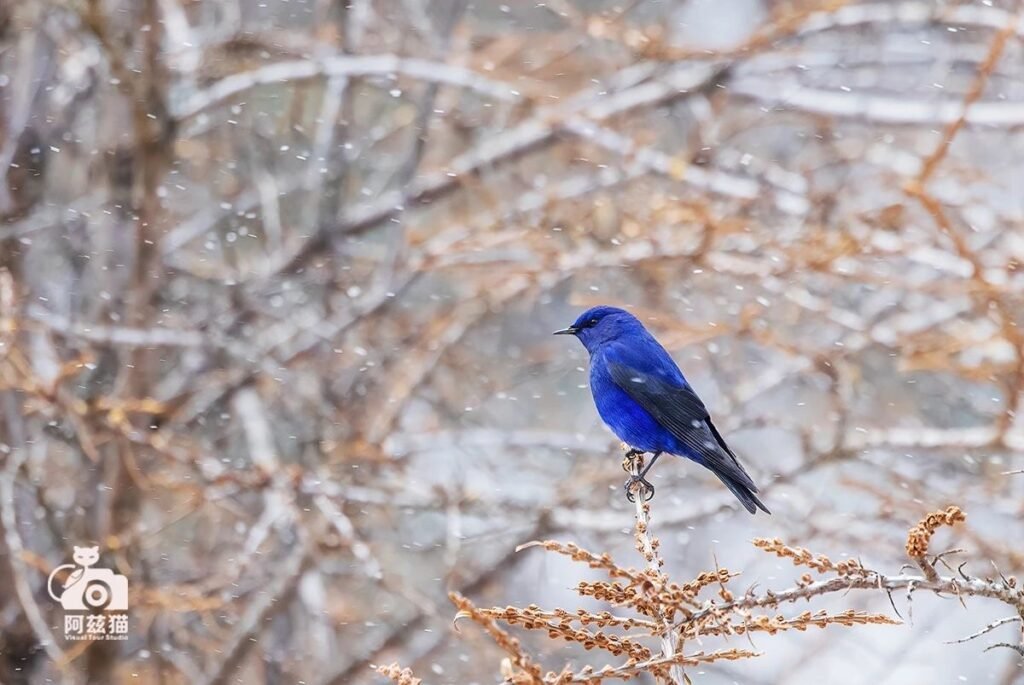
There is no need to elaborate on the Grandala, as we have already provided extensive information. In brief, the blue hue in the snow is remarkably vivid and stunning.
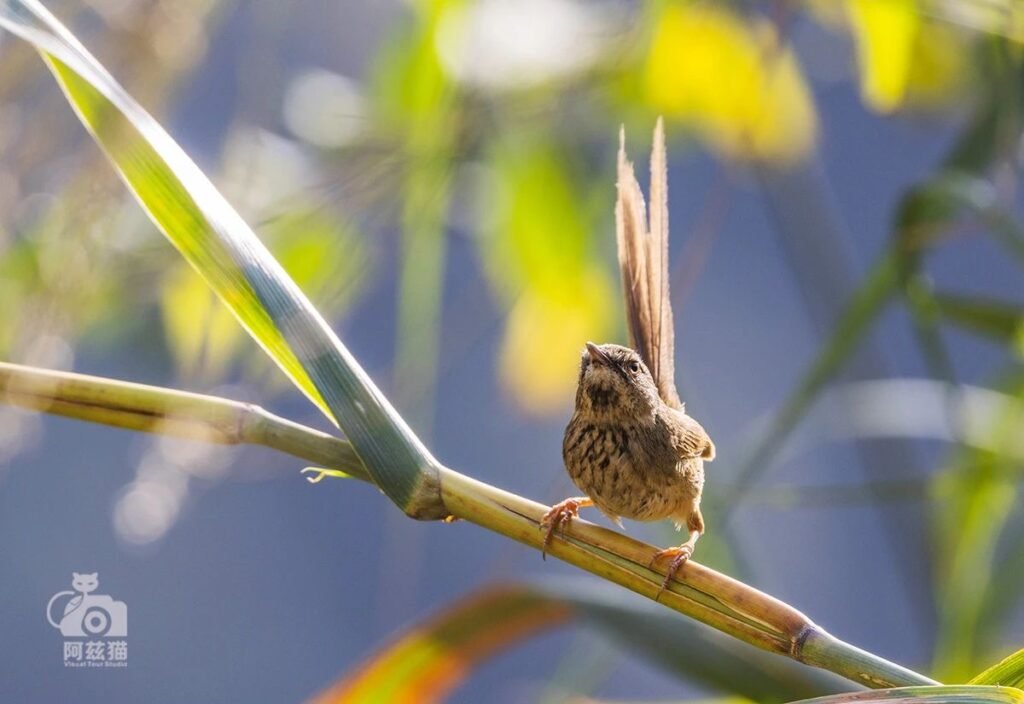
The Yellow-bellied Fantail, Black-throated Prinia, and Grey-hooded Warbler are especially vibrant in their natural habitat.
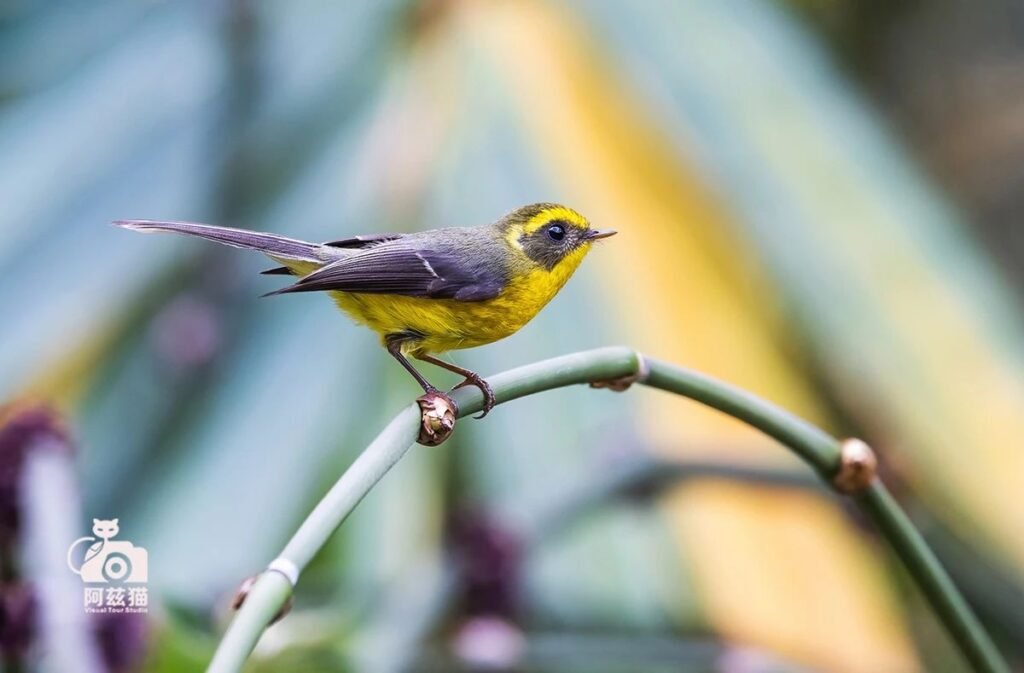
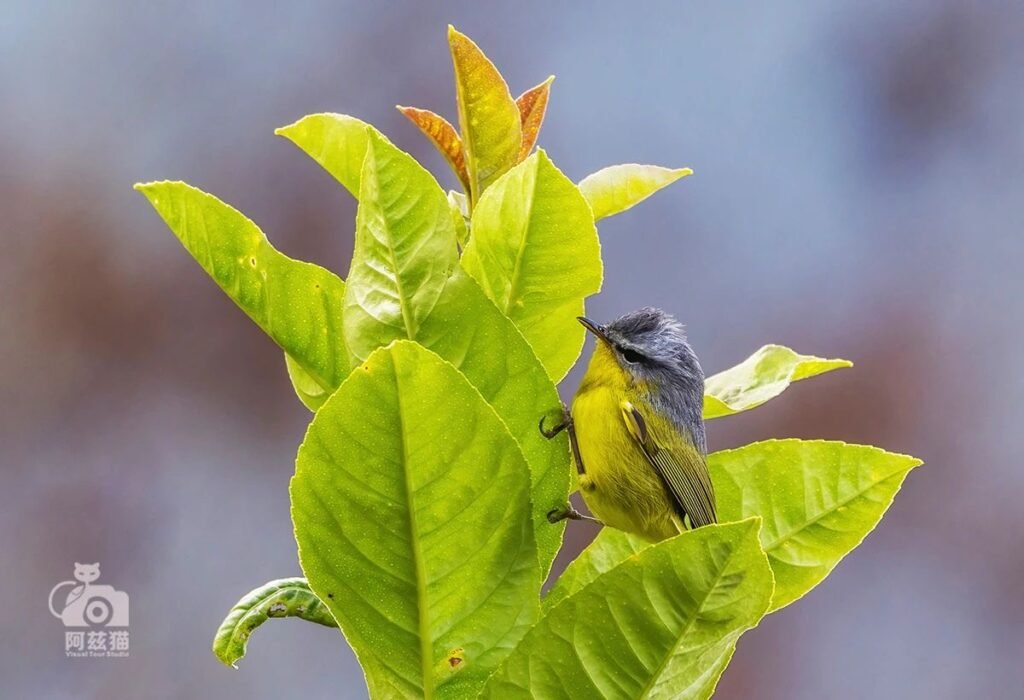
We will encounter humorous scenes along the way, such as the Red Deer Reserve near Lhasa. A Little Owl perches on a roadside sign, impressively motionless like a sculpture. The serious ambience is disrupted only by the aluminium plate in front of me, seemingly requesting something as you pass by. By the way, the vertically striped belly on the Qinghai-Tibet Plateau is larger and darker than the mainland, perhaps due to subspecies.
High-altitude areas are characterized by hypoxia, low temperature, and intense ultraviolet radiation. Birds inhabiting this region will have improved cold tolerance, anti-hypoxia ability, metabolic capacity, and increased weight.
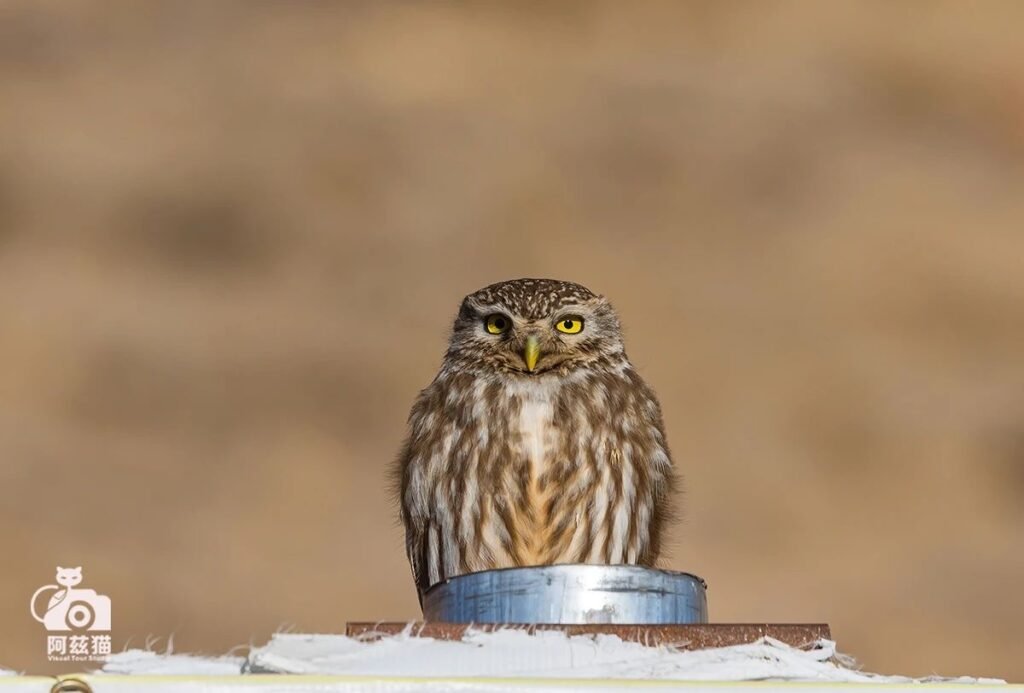
Among the birds in light and shadow, my favourite is the Saker Falcon in the sidelight and the Blood Pheasant among the rocks. Bird watching and bird photography have distinct objectives and outcomes. They prefer to customize their itinerary or go with a few friends. While this may be more expensive, it allows for both observation and photography.

